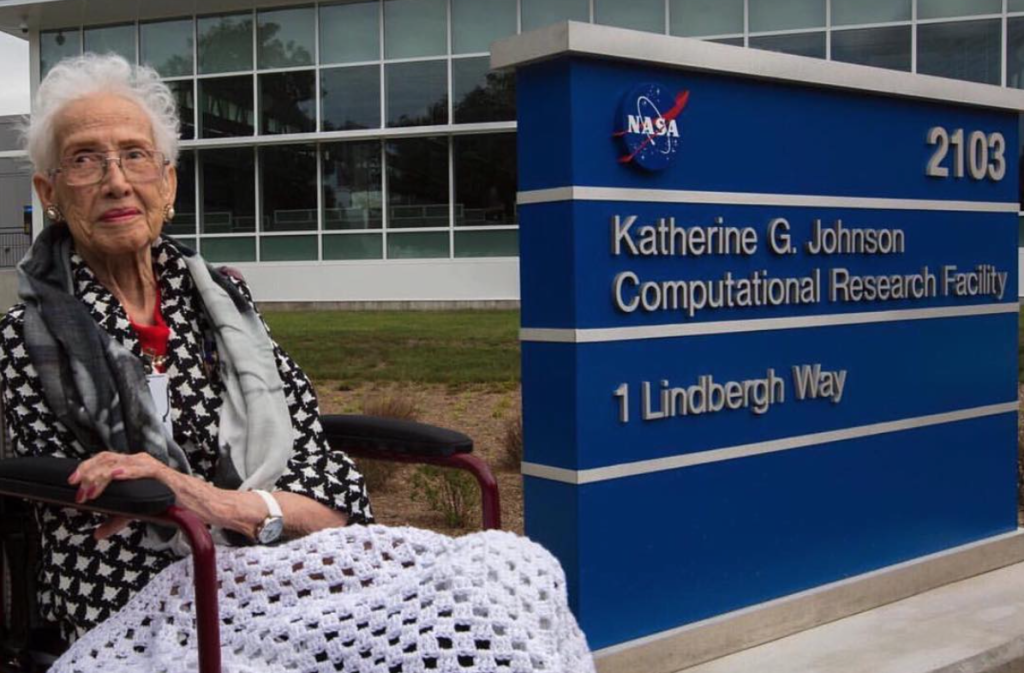 Photo via: NASA
Photo via: NASA
99-year-old Katherine G. Johnson is a living legend whose love of numbers helped put men into space. She calculated historic flight trajectories for the first American to go into space, for the first American to orbit earth, as well as the flight path for the first human trip to the moon. Johnson’s invaluable contributions to our space history led her to receive countless honors, including the Presidential Medal of Freedom from President Barack Obama in 2015. Her groundbreaking achievements also inspired the highly acclaimed film “Hidden Figures”.
Johnson’s latest honor comes from the NASA Langley Research Center in Hampton, Virginia, where there’s now a computational research facility named after Johnson.

On Friday, the Langley Research Center held a ribbon-cutting ceremony to open the Katherine G. Johnson Computational Research Facility, “a $23 million, 37,000-square-foot energy efficient structure that consolidates five Langley data centers and more than 30 server rooms”, as reported by 11Alive News.
According to NASA, the new facility will “support innovative research and development across the agency’s missions” as well as help with the expected Mars landing in 2020.
Among the attendees were “Hidden Figures” author Margot Lee Shetterly, U.S. Senator Mark Warner, Virginia Governor Terry McAuliffe, Hampton Mayor Donnie Tuck, and NASA astronaut, Dr. Yvonne Cagle, who was inspired by Johnson to become an astronaut. Johnson’s great-granddaughter was also in attendance.
My baby and her famous Great Grandmother! Katherine Johnson….at the unveiling of her building at NASA!! pic.twitter.com/WiEw1MXbEe
advertisement— Michael Moore (@CentQUE) September 22, 2017
“This is remarkable, I mean it really shows that when you make substantive contributions like this, that resonate both on and off the planet”, said Cagle. There’s no time like the present. Thank you all, thank everyone for recognizing and bringing to light this beautiful hidden figure.”
Watch Ms. Johnson talk about her career and the new NASA building named in her honor below.
Ms. Johnson, thank you for defying racial and gender barriers and paving the way for present and future Black women mathematicians.

